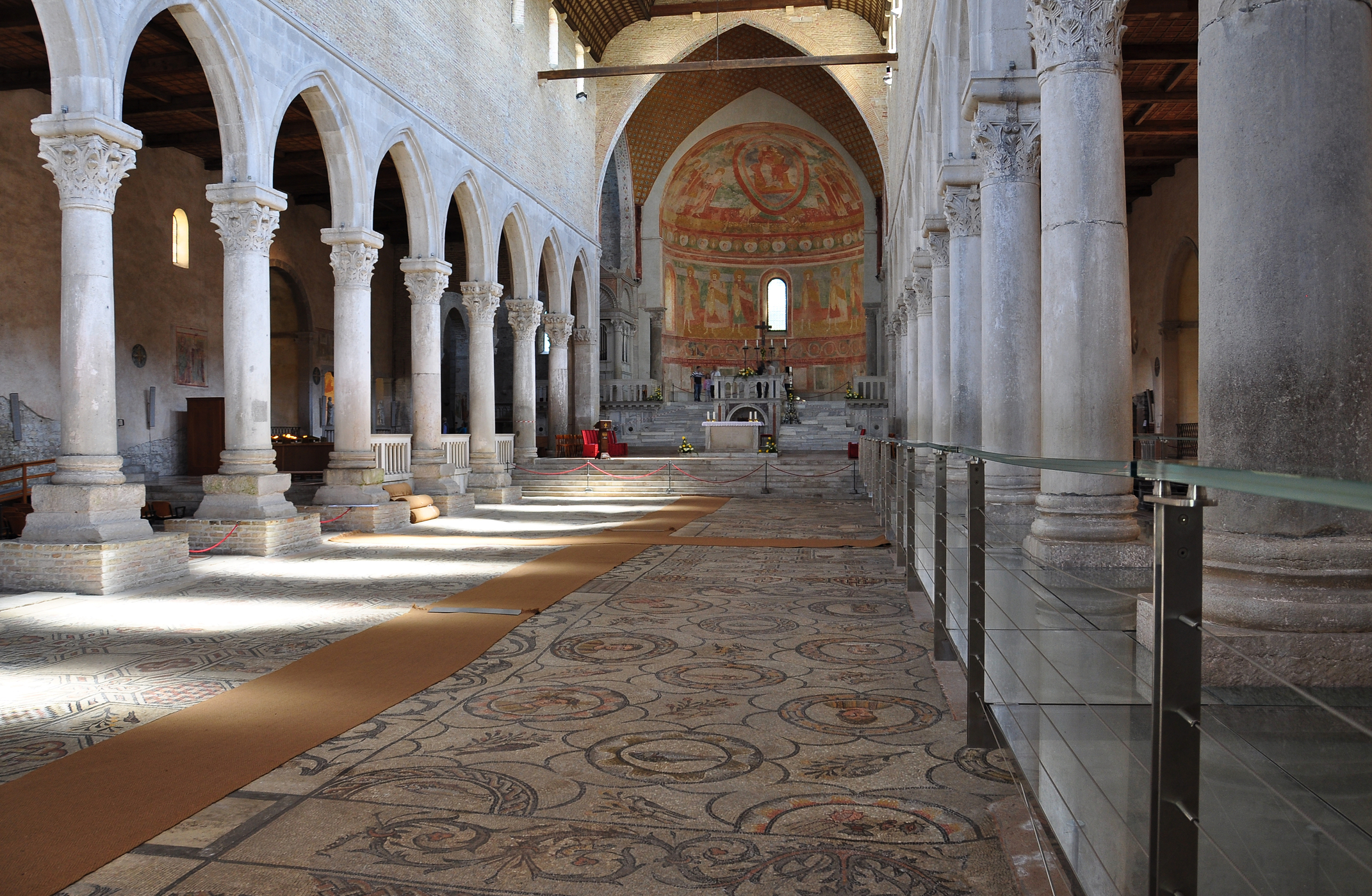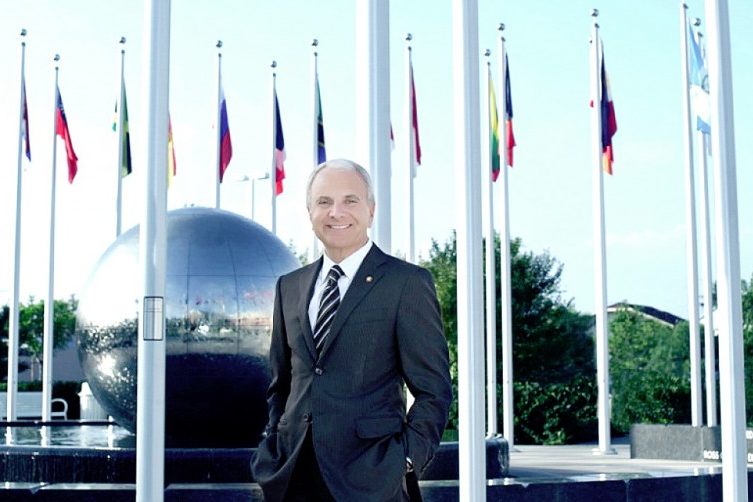What makes Italy a unique travel destination? Among other qualities is the fact that its rich artistic and architectural heritage is spread all across the country, not only in major centers but also in small towns and villages. From the 6th until the 18th century, the ancient Roman city of Aquileia in the northeastern province of Udine, Friuli-Venezia Giulia region, was home to an important patriarchate that played a crucial role in the evangelization of Central Europe in the Middle Ages. Founded around 181 B.C., Aquileia was located on a strategic route leading towards the Danube region and the coast of Istria, and its prominence as a naval station, trading center, and episcopal see rapidly increased.
Magnificent public buildings and private residences were built, including an imperial palace and a basilica in the 4th century, but soon after the city was sacked and destroyed by Attila’s Huns. Nevertheless, the patriarchate survived until 1751, and on the ruins of the old city a new Romanesque basilica was erected in 1031 by Patriarch Poppo, and later restored and readjusted with Gothic accents after the 1348 earthquake. Its most remarkable feature is a massive 4th century mosaic floor, considered one of the largest and best-preserved examples in the western Christian world. Divided in four different sections, it showcases religious and allegoric scenes, including portraits of donors – probably even of emperor Constantine and his family – along with animals, seasons, and Old Testament prophets.
Among them were Jesus depicted as the Good Shepherd; the story of Jonah at sea, a recurring allegory of resurrection; the fight between a rooster and a turtle that represents the dichotomy of good and evil; Solomon’s knot, which links the human and divine worlds; and the image of the winged victory, symbolizing the status of Christianity as main faith of the Roman Empire, recognized by Constantine’s edict in 313 A.D. An epigraph in the center of one of the mosaic patterns was dedicated to bishop Theodore, founder of the original basilica, to honor him after his death.
The peculiar combination of cultural and spiritual themes, which often marked the early expressions of Christianity, has been ascribed to the influence of preexisting pagan and esoteric cults, as well as to the presence of a strong gnostic community in the city at the time of Theodore’s episcopacy. Despite all the research and archaeological investigations, however, we see an ancient world with modern eyes and may never be able to fully understand it.
The ancient mosaic, which also extends to the Crypt of the Excavation, was revealed during an excavation in 1909, when the later clay flooring that covered – but at the same time protected it from any damages – was completely removed. In 1998, the site was listed as a World Heritage by the UNESCO. A vast collection of mosaic fragments and other artifacts from private residences in the historical center of Aquileia are on view at the local National Archaeological Museum, but it is believed that more Roman remains in the area have yet to be brought to light.





























